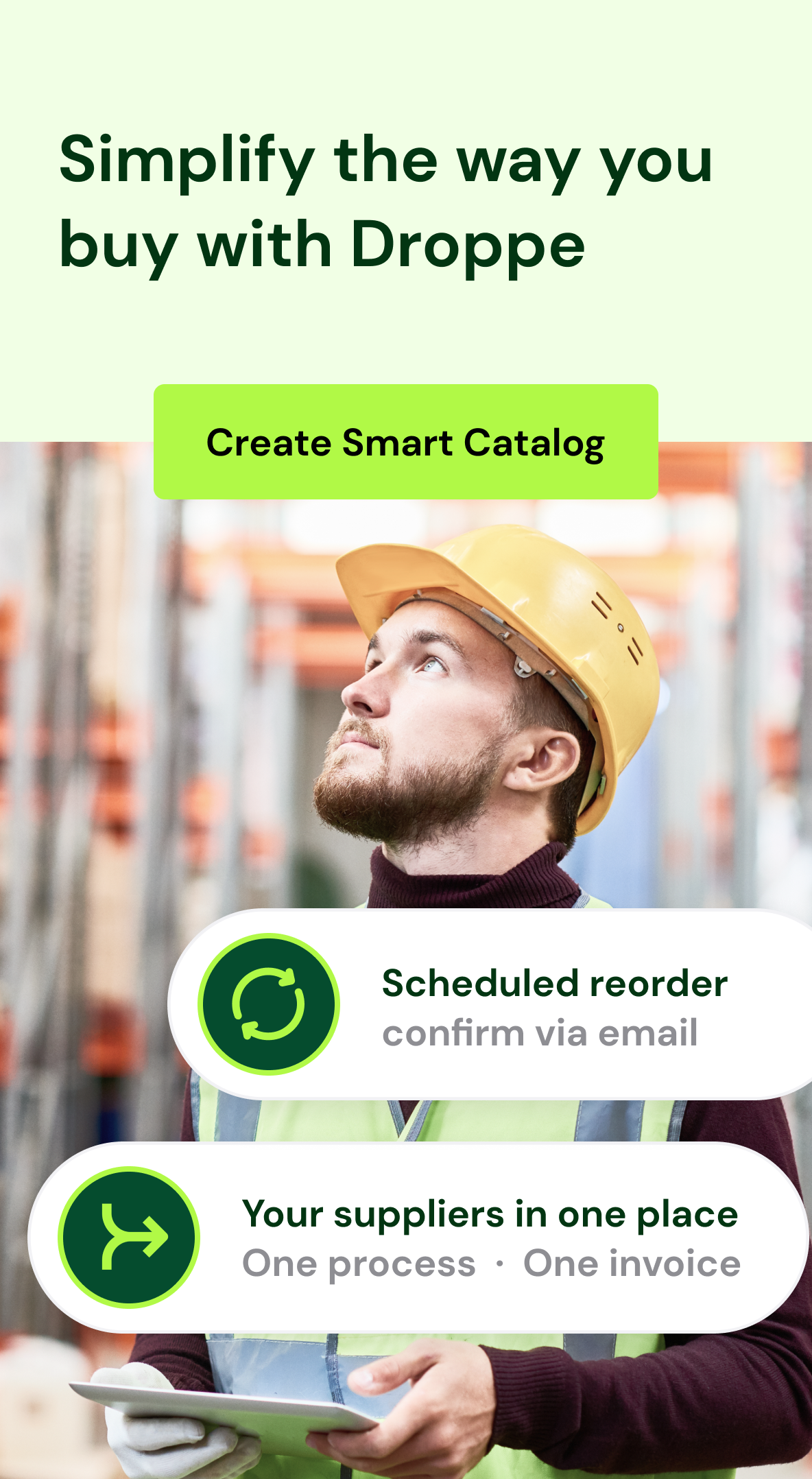Introduction:
Every company needs a Chief Procurement Officer (CPO) to handle sourcing, supply chain operations, and procurement. As the company’s top procurement officer, the CPO ensures that acquisition programs meet goals and compliance requirements. This blog will discuss a CPO’s duties and qualifications in controlling expenses, negotiating contracts, and supervising procurement teams. Understanding a CPO’s tasks might reveal its strategic value in modern organisations.
The CPO usually reports to the CEO.
Wikipedia defines a CPO as “typically the executive of a corporation who is responsible for the management, administration, and supervision of the company’s acquisition programs.”
They may handle contracting services and supply, equipment, and material purchases.
These definitions are unclear and unnecessary since procurement has no standard definitions.
Procurement manages supply, which encompasses sourcing beyond daily supplier management and transactional activities.
The procurement department creates and implements supply chain management methods, whether the resources utilised report to them or not.
The CPO is the highest-ranking employee in the organisation and may influence supply and expenditure across the company.
Procurement rules and procedures establish which purchases require procurement input and which end users manage.
End users can manage basic, low-cost transactions, but the buying department must handle sophisticated, long-term, or expensive purchases.
For instance, you can let clerical and support personnel acquire basic office supplies but require procurement professionals to buy new servers or SaaS solutions that alter workflow.
Some companies call the CPO assistant vice president for procurement. Not all firms have a deputy chief procurement officer.
What CPOs Do
As a CPO, you must monitor and cut expenditures.
This includes designing a strategic sourcing procurement plan, assisting buying professionals evaluate and choose suppliers, and reviewing and occasionally negotiating contracts.
You will focus on high-cost or strategic partnership acquisitions.
CPOs must also ensure procurement policy and procedure comply with internal and external compliance guidelines, such as government supplier diversity requirements to avoid discrimination against women- and minority-owned businesses or company ethical procurement and corporate social responsibility initiatives.
CPOs lead procurement teams including an assistant chief procurement officer, purchasing managers, purchasing directors, contract administration officers, and others in bigger procurement organisations.
Startups and smaller enterprises usually have few procurement personnel. These companies often have CPOs with titles like procurement director, procurement contract officer, or deputy chief procurement officer.
Organisational size and scope impact who the CPO reports to. The CPO usually reports to the CEO, although it can also report to the COO, CFO, or another senior vice president.
Required Training
Minimum training and experience for CPOs includes a bachelor’s degree in business or finance.
Major corporations, especially worldwide procurement firms, may demand a master’s degree in any of the following:
Financing for business
Management of supply chains
Procurement.
Deputy Chief Procurement Officers at the Metropolitan Transportation Authority (MTA) New York City Transit must have a bachelor’s degree in Supply Chain, Procurement, or a related discipline, with a master’s or higher desirable.
In addition to schooling, CPOs must have purchasing and procurement expertise, good communication, and decision-making abilities.
A history of working with IT, HR, finance, and legal also helps.
You work with various corporate departments and must be a team player.
Whether you established the plan or not, you must have managed all firm expenditures regardless of operating type.
You must demonstrate that you saved a firm money by cutting expenses and enhancing profits through cost avoidance and risk mitigation.
You must know general and industry-specific procurement legislation.
You must negotiate with vendors and be ready for big agreements.
Showing prior agreements you helped close and how they helped your firm expand is a good way to illustrate your bargaining abilities.
To manage risks and supplier relationships, you must anticipate client demands.
You must analyse data to gain insights for your firm.
Any chief procurement officer job will require leadership. Organisations require personnel who can demonstrate they’ve transformed previous employers.
They seek somebody who will work across divisions to promote business culture and use technology to streamline procurement.
Job requirements vary, but the MTA post requires 15 years of “satisfactory full-time experience” in procurement, directing a sourcing department, and at least five years managing at least 10 full-time staff.
CPOs appreciate being at the top of their profession, but it takes years to get there.
Conclusion:
Finally, the Chief Procurement Officer guides procurement strategy and supply chain management. The CPO oversees procurement strategies and negotiates high-value contracts, boosting cost efficiency and strategic collaborations. Advanced education, experience, and leadership are needed for the job. As companies change, the CPO will remain crucial to optimising procurement procedures and boosting corporate performance. To add enduring value to the company, CPOs need devotion, competence, and the ability to traverse complicated procurement environments.














